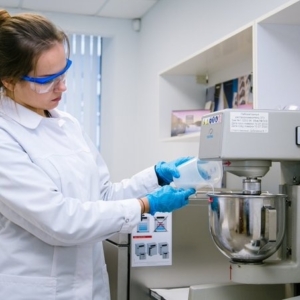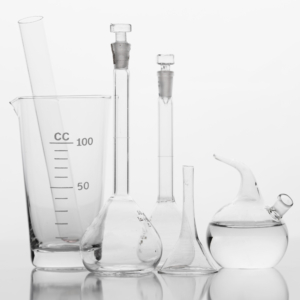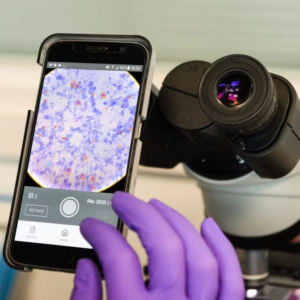Being a newly developing entity in the scientific area, Information Technology (IT) plays a great role in the contemporary functioning of laboratories. Whereas previously data management was a challenge and automation barely visible, the advances in IT have been changing the fabric of the labs. In clinical, pharmaceutical, or environmental laboratories, with mounting technology and automation ranging from hardware to software, the application of Information Technology to a laboratory has virtually countless advantages that can impact positively on efficient operations and innovation.
1. The Solutions for Management and Storage of Data
The situation today is that the contemporary laboratory produces a huge amount of data on a daily basis, which can be obtained from several instruments or experiments at once. Point of care technologies such as LIS or LIMS help to manage data through an established instrument that will assist in recording real-time data on examinations done on various laboratories. It also saves time in record keeping, which is easy to be fraud, and at the same time, it offers better accuracy and full compliance with legal requirements. The issue here is particularly sensitive when labs handle medical and research information data security and privacy become a necessity and IT systems provide these benefits with great encryption and access control to protect the patients or research data.
Furthermore, long-term cloud based data storage solutions are enabling the labs to store and retrieve large volumes of data without hindrance by the physical servers. This scalability makes it easier to expand the research without the constraint of diskspace.

2. Automation of Lab Equipment
The connectivity of IT with assessment devices that are automatic in nature has minimized the physical interaction of humans in lab processes. Mechanized systems with proportional IT control vary from mundane activities including sample preparation, analysis, and even supply chain administration with superior accuracy. This leads to increased throughput and the exclusion of the services of people hence making operations easier and faster.
For instance, operations like pipetting as well as analysis can be expensive as well as protean in terms of throughput because robots do not develop tired. This feature enables lab personnel to spend more time addressing more pressing issues in the research process and more in enhancing the possibilities of modern laboratory.
3. Applications of AI and ML in Laboratory.
Machine learning and particularly artificial intelligence is slowly but steadily finding its way into laboratories as it provides function capabilities of data analysis and prediction. When large data sets are fed into the machine learning algorithms, laboratories are in a position to make predictions that were difficult before. From anticipating reactions in a chemical formula, to interpreting clinical results, improving experiments or proving hypotheses, AI presence in laboratories is making a pathway for the next phase in lab science.
4. IT Prospects in Labs: the current and future issues
The transformation of the labs with the help of IT integration is very valuable, nevertheless the difficulties are explored. Some of the challenges for today’s labs are as follows; protecting the data collected in labs, cost associated with IT infrastructure, and lack of training of lab personnel. Security is still an issue of importance, more so for laboratory operations managing information that is sensitive like that of the patient or the research information.
Nevertheless, cloud computing, cybersecurity, and developing interfaces prompt the perspective of IT in laboratories. As more laboratories are stepping into the digital age the productivity, reliability and cooperative aspect of the research work will increase which in return will lead to faster scientific discoveries and a more interconnected global community of researchers and scientists.








Add comment